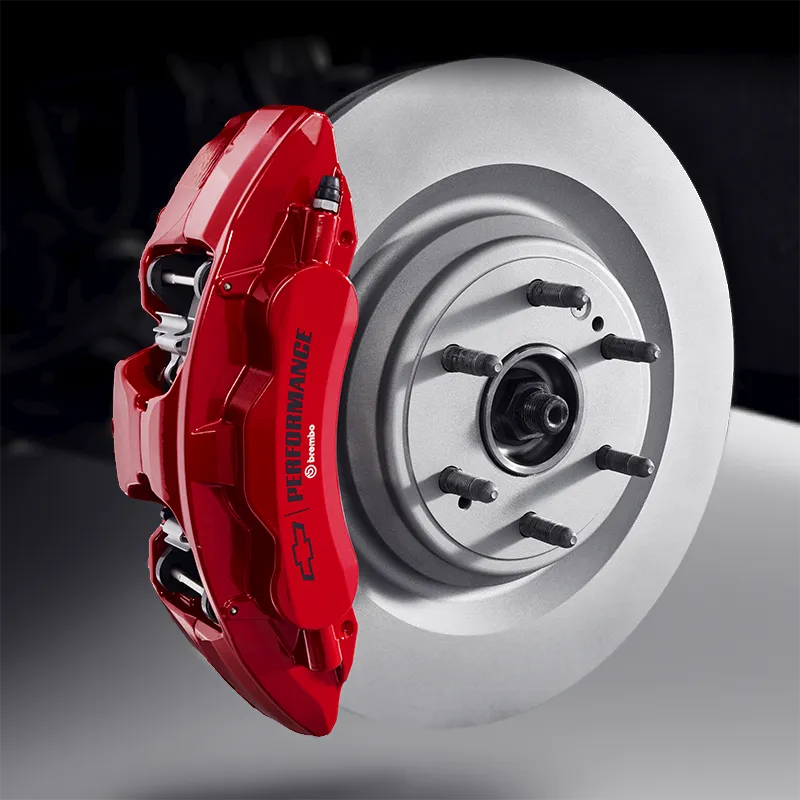This post inspired me to have a go.
2002-2005 Astro Spindles and Brakes
1971-1972 C10 Upper Ball Joint - Mevotech MK6124
1973-1986 C10 outer tie rods - Moog ES409RT
Reamer 2"/ft (10deg) - speedway motors 910-89412 - XKut also makes one
The Astro spindles are dimensionally pretty similar to the GMT400 C1500 spindles, but both ball joint holes are different. The upper can be swapped for one from a 71/72 C10 and will bolt right into stock arms. I have verified on the spindle that it's the same as a G-body/S10 ball joint which can be purchased in a tall style which would help with camber gain, but would need to be adapted to fit the upper control arm (a project for later). The Astro spindle is also a littler shorter, which is why the taller upper ball joint would help with camber gain during the suspension cycling. The lower ball joint socket can be reamed to accept a stock GMT400 lower ball joint. An Astro lower ball joint won't work as it's outer diameter is smaller than the hole in the lower control arm and as it's press fit, I wasn't messing around trying to science out the tolerances. Reaming is a little tricky to figure out the right speed and pressure, youtube has lots of videos.
You can use the stock outer tie rod as shown in the above post, but it gives you horrible bump steer. I used the same reamer from the ball joint to flip the hole and used the C10 outer tie rod. I used this tie rod because it threads into the stock tie rod sleeve and the tapered stud is a little larger which allowed me to flip the hole and have full engagement along the taper. (If you kept same size you would only get 50% engagement). This seems to have completely eliminated bump steer, I cycled the suspension with the spring removed to verify.
These spindles widen the track in the front, I swapped to GMT900 steel wheels (which have a different offset than stock GMT400) at the same time and it looks like the wheels ended up in about the same spot. I can fully cycle the suspension with a 275/55R17 tire on those stock 8" rims and not rub on anything. The steering stops seem questionable, and I think will need to be tweaked for positive connection.
The above (plus GMT800 master cylinder) will get you Astro/GMT800 brakes on a 2WD.
I had to buy parts anyways so I went with a set of 2010+ GMT900 Calipers, pads, rotors and brake hoses to upgrade to the 13" rotors instead of 12". There's probably better choices out there for brake hoses as these required some messing around to make the mounts and completely re-doing the hard lines. I think the 4x4 guys are running stock GMT400 hoses which are long enough to reach the stock position on the frame.
I have not driven on this setup yet as I have tons of work to do on the rest of the truck but figured I'd post this as it seems to be a topic that perpetually floats around. I have fully cycled the steering and suspension to verify clearance, I had a fender with a rolled lip in place. The tie rods get very close to the sway bar, I may make longer end links to create a bit more clearance. The sway bar is aftermarket, I think Belltech and it has 2" lowering coils. I should also note that I just cut the leads off of the ABS sensor, but left the sensor plugged into the spindle to help keep moisture out.
I should also note that I didn't go with GMT800 2WD spindles as the lower ball joint would need to be flipped to fix the ride height and upper control arm angle. Doing this would require a larger stud on the ball joint to get proper engagement. The Astro spindle let me just ream it out a little larger than stock and re-use the stock GMT400 lower ball joint.
GMT400 Spindle (left) beside Astro Spindle (right)
You must be registered for see images
Installed
You must be registered for see images
You must be registered for see images
Full compression with the wheel turned
You must be registered for see images


